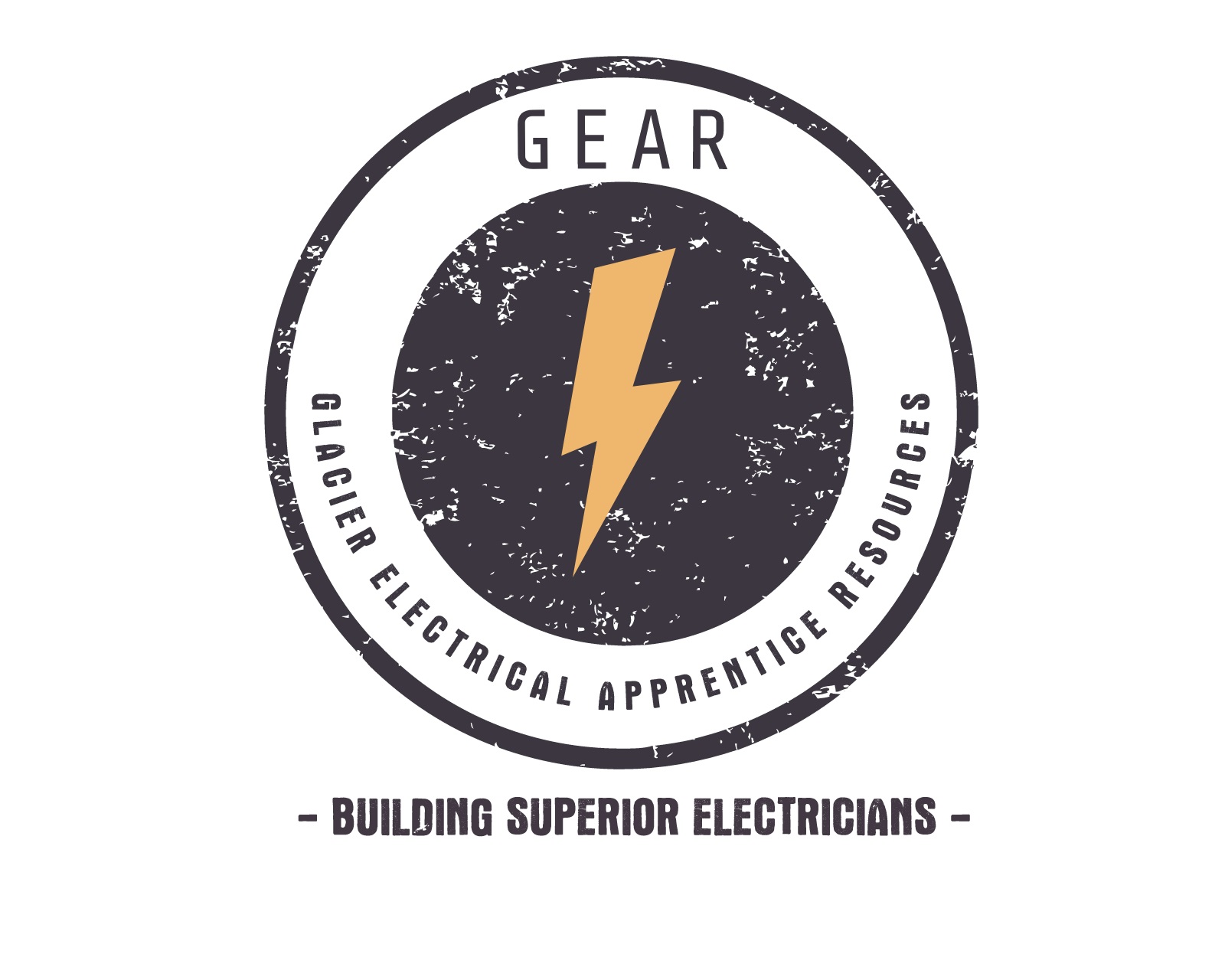In the realm of electrical power distribution, two primary configurations dominate: single-phase and three-phase systems. These systems serve as the backbone of countless applications, from residential electrical grids to industrial machinery. Understanding the differences between single-phase and three-phase power is crucial for engineers, electricians, and consumers alike. In this blog post, we’ll delve into the disparities between these two systems, exploring their characteristics, applications, and advantages.
Single-Phase Power:
Single-phase power is the most common form of electrical power distribution in residential settings and small businesses. In a single-phase system, electrical power is transmitted using one alternating current (AC) waveform, typically oscillating at a frequency of 60 Hz in North America and 50 Hz in many other parts of the world. This simple configuration provides a straightforward solution for powering everyday devices, appliances, and lighting fixtures in homes and small-scale commercial establishments.
Characteristics of Single-Phase Power:
- Simple Distribution: Single-phase power is easy to distribute and install, requiring fewer conductors and equipment compared to three-phase systems.
- Limited Load Capacity: Single-phase power is best suited for light to moderate loads due to its limitations in delivering high power levels efficiently.
- Common Household Use: Single-phase power is commonly used to power household appliances, lighting circuits, and smaller commercial equipment.
Three-Phase Power:
Three-phase power, on the other hand, is the workhorse of industrial and commercial electrical systems. In a three-phase system, electrical power is transmitted using three alternating current waveforms, each offset by 120 degrees from the others. This configuration provides several advantages over single-phase power, including higher efficiency, greater power capacity, and smoother operation for heavy-duty machinery and equipment.
Characteristics of Three-Phase Power:
- Higher Power Capacity: Three-phase power can deliver significantly more power compared to single-phase systems, making it ideal for industrial and commercial applications with heavy loads.
- Balanced Load Distribution: The three-phase configuration allows for balanced load distribution across the three phases, minimizing power fluctuations and improving system stability.
- Efficient Motor Operation: Three-phase power is commonly used to power electric motors in industrial machinery, providing smooth and efficient operation.
Advantages of Three-Phase Power:
- Higher Efficiency: Three-phase power systems are more efficient than single-phase systems, resulting in lower energy losses and reduced operating costs.
- Greater Power Capacity: Three-phase power systems can handle larger loads and power requirements, making them indispensable in industrial and commercial settings.
- Improved Motor Performance: Three-phase motors operate more smoothly and efficiently compared to their single-phase counterparts, leading to increased productivity and reliability in industrial applications.
Conclusion:
In conclusion, while single-phase and three-phase power systems serve distinct purposes, each has its own advantages and applications. Single-phase power is well-suited for residential and small-scale commercial use, providing simplicity and cost-effectiveness for everyday electrical needs. In contrast, three-phase power shines in industrial and commercial settings, offering higher efficiency, greater power capacity, and superior performance for heavy-duty machinery and equipment. Understanding the differences between single-phase and three-phase power is essential for selecting the appropriate system for specific applications and ensuring efficient and reliable electrical distribution.
